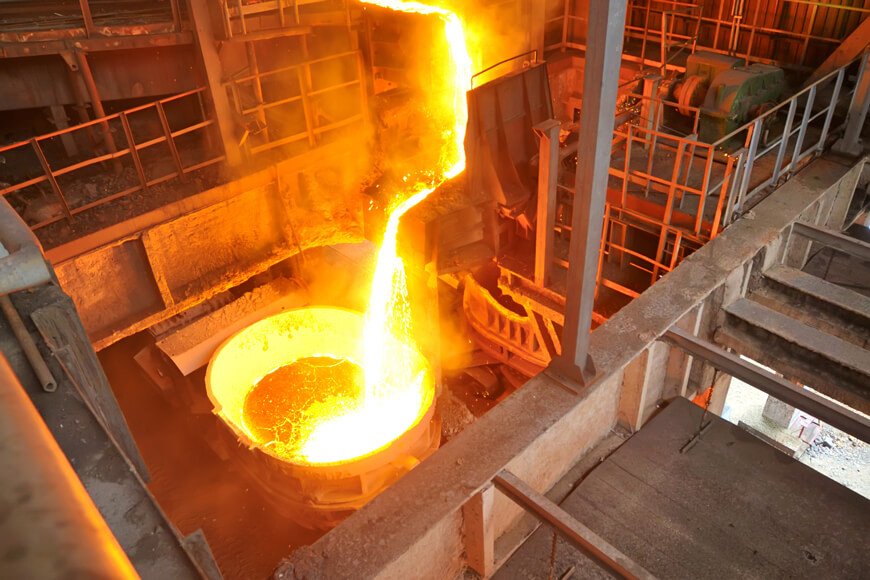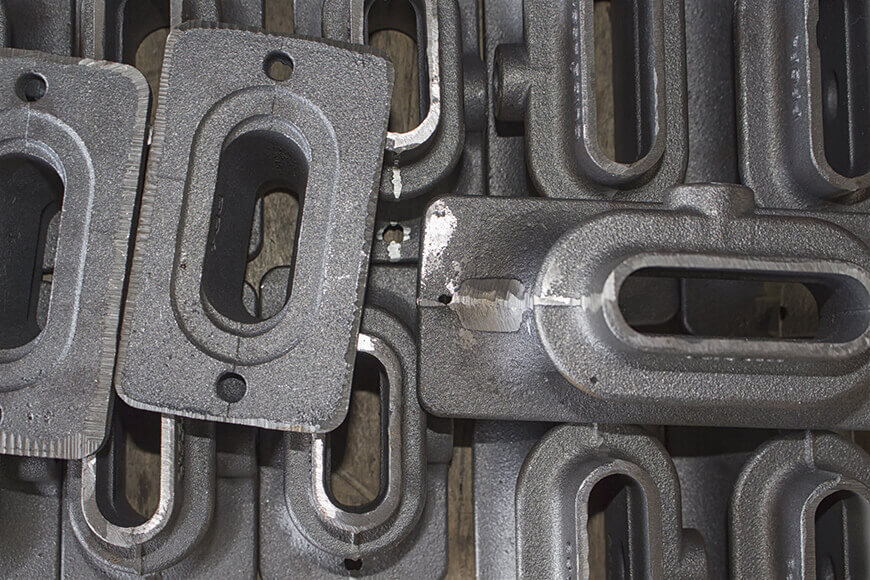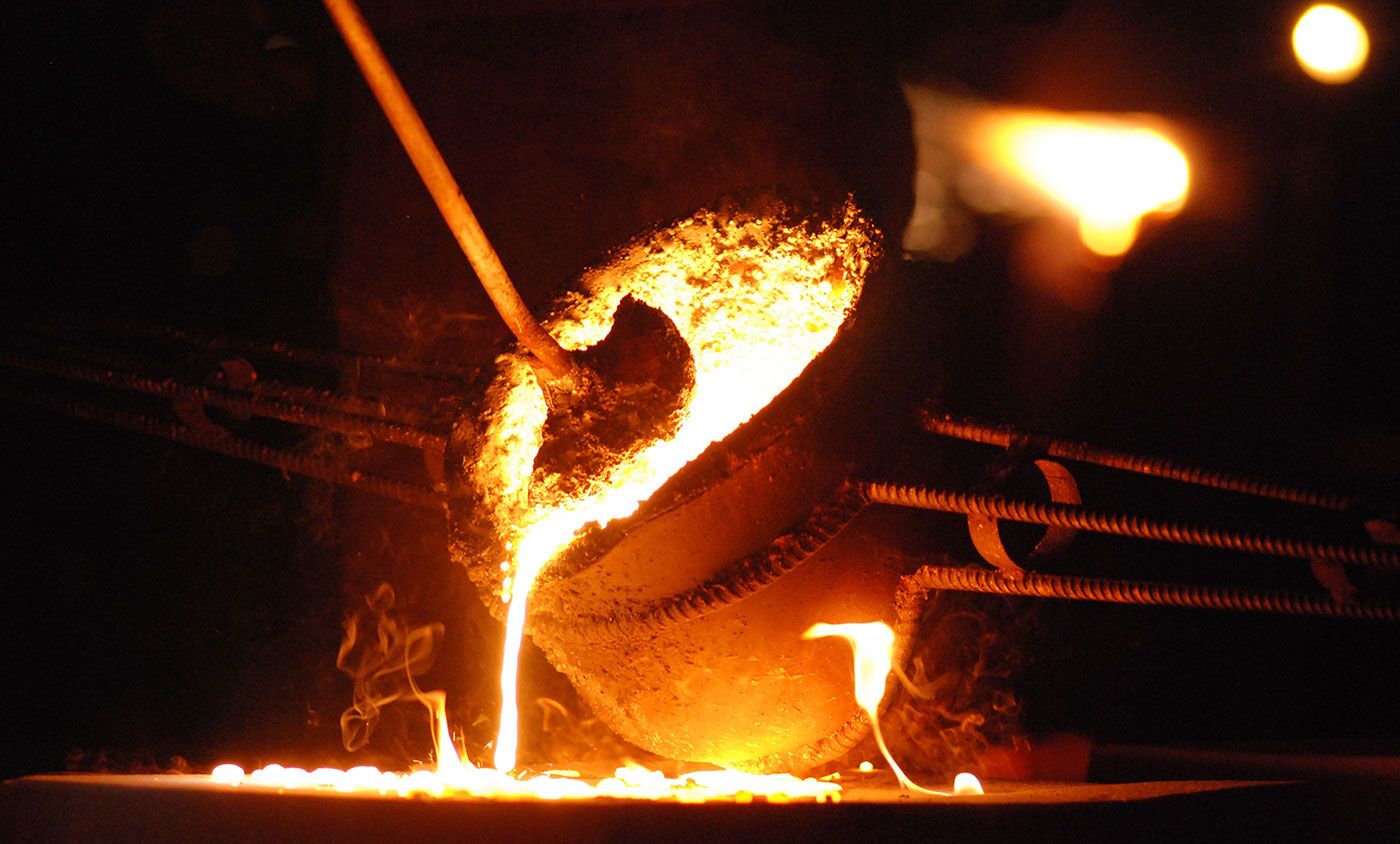Metal casting has been a cornerstone of the manufacturing industry for centuries. From horseshoes to tools, metal casting has been used to create some of mankind’s most important objects.
Nowadays, it is being used in modern applications from jewelry making and automotive parts production to aerospace components and beyond. Steel is by far one of the most popular materials used in the metal casting process due to its strength, durability, malleability, and cost-effectiveness.
This article provides an introduction to the world of steel casting – covering topics such as methods and safety measures involved in this process. It also explores different types of molds that are commonly employed when working with steel castings as well as how they can be utilized effectively for various projects or industries.
Ultimately, this piece aims to give readers an understanding of how steel casting works and why it remains a key component in today’s manufacturing environment.
Types of Steel Used in Metal Casting

When it comes to metal casting, one of the most important aspects is the type of steel used. There are many different types available, each with its advantages and disadvantages depending on the desired outcome. The two main categories of steel used in metal casting are ferrous and non-ferrous.
Ferrous steels contain iron, while non-ferrous alloys do not. Ferrous metals such as carbon steel are strong and durable but they can corrode easily when exposed to oxygen or moisture over time.
Carbon steel is also relatively easy to cast due to its malleability at high temperatures compared to other types of metals. On the other hand, stainless steels possess superior corrosion resistance than carbon steels but require more specialized equipment for their production as well as higher heat requirements during the molding process which makes them slightly less cost-effective than traditional carbon steel molds.
Non-ferrous metals like aluminum have a much lower melting point than ferrous metals making them easier and cheaper to work with when creating complex shapes or designs in a short period without needing additional treatments after cooling down once out from the molding machine.
Aluminum does not rust however it does oxidize quickly so any parts made using this material will need regular maintenance and protection from oxidation if desired outcomes are expected over long periods outdoors or exposure to water elements.
Other popular alloys include brass, bronze, and copper that offer unique characteristics depending on application needs such as strength, conductivity, or color finish among other properties.
The Steps Involved in the Metal Casting Process
The metal casting process is essential for producing steel. The first step of the process involves designing and creating a mold.
This mold is then filled with molten metal, which can be either aluminum, brass, bronze, or iron. After the metal has cooled and hardened in the mold it needs to be removed from its form and cleaned of any residue that may have been left behind during the cooling process.
The next step is for workers to inspect each piece thoroughly to ensure that they meet quality standards before being passed on for further finishing operations such as machining or polishing. Lastly, once these pieces are deemed satisfactory they are ready for shipment or assembly into larger products.
With an understanding of how metal casting works, you should now have a better appreciation of why this ancient practice still plays a major role in the modern industry today!
Common Challenges Encountered in the Metal Casting Process

When it comes to metal casting, there are common challenges that one may encounter. The process of melting down and pouring molten metal into a mold can be difficult due to the extreme temperatures involved as well as the need for precise timing and technique.
Additionally, if the mold is improperly prepared or not heated enough, the metal will cool too quickly resulting in an uneven cast with weak points that can cause failure during use. Similarly, creating a clean finish on a cast piece often requires multiple steps of grinding and polishing which can add cost and time to production cycles.
Finally, certain metals require special additives or protective coatings to reduce corrosion over time making them more expensive than regular alloys. Overall, mastering these processes takes skill and experience but when done correctly they allow for reliable parts with predictable results every time.
Conclusion

Metal Casting is a complex and intricate process, but with the help of experienced professionals like those at Dawangcasting.com, it doesn’t have to be overwhelming. With their stainless steel casting experience and expertise in all types of metal casting processes, they can guide you to ensure your project is successful.
Whether you need a simple or complex piece made out of steel or another metal alloy, Dawangcasting. coms staff are prepared to take on the challenge and deliver quality results.
Metal Casting 101 has provided an introduction to the world of steel that will give anyone interested in working with this versatile material a better understanding of what they need to know before getting started on any project.

